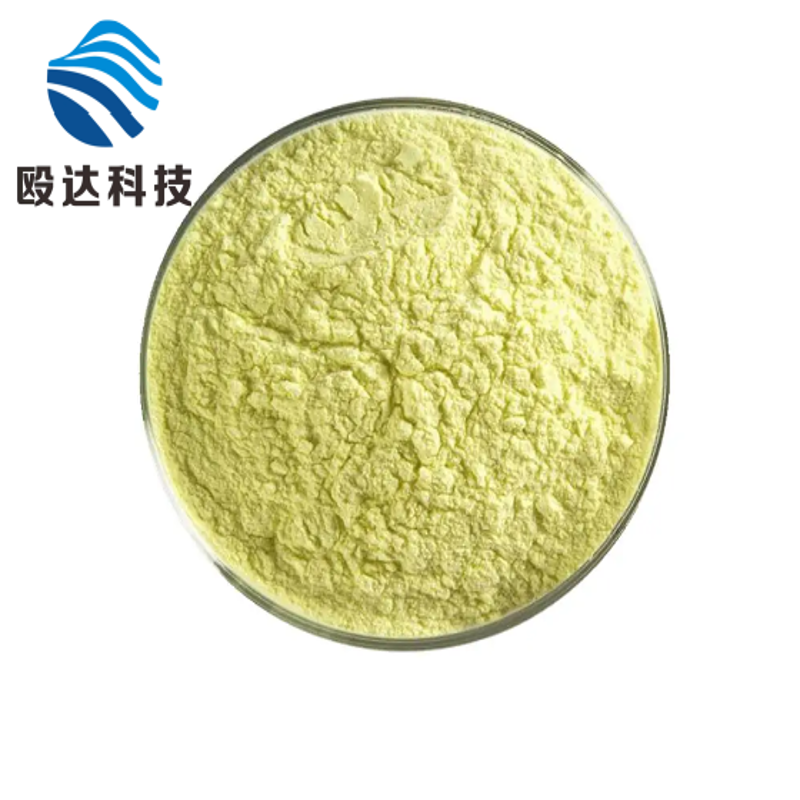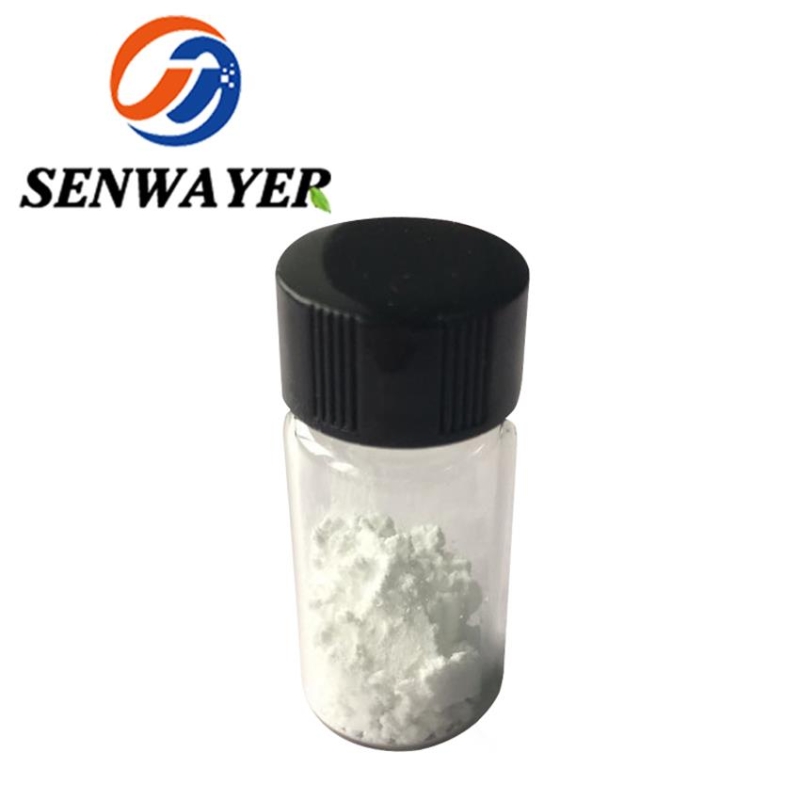-
Categories
-
Pharmaceutical Intermediates
-
Active Pharmaceutical Ingredients
-
Food Additives
- Industrial Coatings
- Agrochemicals
- Dyes and Pigments
- Surfactant
- Flavors and Fragrances
- Chemical Reagents
- Catalyst and Auxiliary
- Natural Products
- Inorganic Chemistry
-
Organic Chemistry
-
Biochemical Engineering
- Analytical Chemistry
- Cosmetic Ingredient
-
Pharmaceutical Intermediates
Promotion
ECHEMI Mall
Wholesale
Weekly Price
Exhibition
News
-
Trade Service
The production process of 5-methyl-4,5,6,7-tetrahydrothiazolo[5,4-c]pyridine is a complex chemical reaction that involves several steps and requires careful control and monitoring of temperatures, pressures, and other variables.
The process typically begins with the synthesis of a precursor compound, which is then transformed into the desired product through a series of chemical reactions.
The first step in the production process involves the synthesis of a precursor compound, such as 2-chloronicotinonitrile.
This compound is synthesized by treating nicotinonitrile with hydrogen chloride gas in the presence of a catalyst, such as aluminum chloride.
The resulting compound is then purified and isolated for use in the next step of the process.
The next step is the conversion of the 2-chloronicotinonitrile into 5-methyl-4,5,6,7-tetrahydrothiazolo[5,4-c]pyridine.
This involves a series of chemical reactions, including oxidation, condensation, and reduction, that are carefully controlled to ensure the desired product is obtained.
The reaction is typically carried out in several stages, with intermediate products being purified and isolated as needed.
One of the key steps in the production process is the condensation reaction, which involves the joining of two molecules to form a larger, more complex molecule.
This step is typically carried out in the presence of a catalyst, such as sodium hydroxide, and requires careful monitoring of the temperature and pressure to ensure the reaction proceeds smoothly and efficiently.
The reduction reaction is another critical step in the production process, and involves the removal of a functional group from the molecule.
This step is typically carried out using a reducing agent, such as lithium aluminum hydride, and requires careful control of the temperature and pressure to ensure the desired product is obtained.
Once the production process is complete, the final product is purified and isolated through a series of steps, including filtration, distillation, and crystallization.
The purified product is then packaged and shipped to customers for use in a variety of applications.
The production process of 5-methyl-4,5,6,7-tetrahydrothiazolo[5,4-c]pyridine is a complex and multi-step process that requires careful control and monitoring of several variables.
However, with careful planning and execution, the desired product can be obtained in high yields and with a high level of purity.







